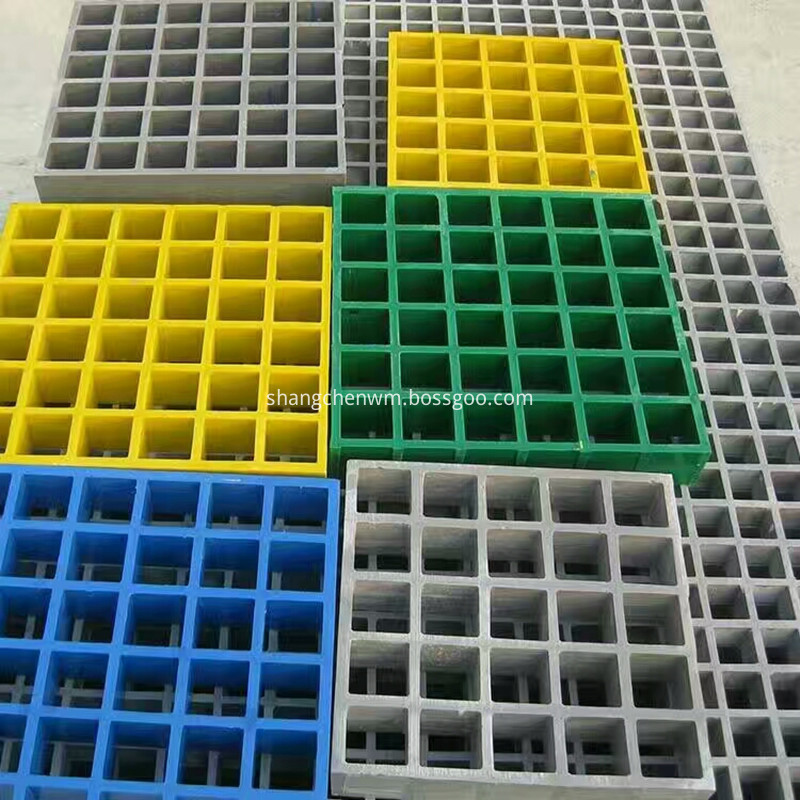ask: What are the types of pine nutrient soil nutrients? Soil nutrients can generally be divided into 5 types. 1. Water-Soluble Nutrients: Nutrients that are soluble in water. They exist in the soil solution and are easily absorbed and used by crops. They are highly effective for crops. Water-soluble nutrients include most inorganic salts and ions, such as K +, NO3-, Ca2 +, etc., as well as a small number of organic compounds with simple structures and low mass density, such as amino acids. 2. Exchange nutrient: refers to exchangeable ions that are adsorbed on the surface of soil colloidal particles. Such as NH4 +, K +, Ca2 +, H2PO42- and so on. The ions in the soil solution and the ions on the soil colloid can be exchanged and maintained in a dynamic equilibrium. There is no strict boundary between the two, which is effective for crops. Therefore, the combination of water-soluble and exchangeable nutrients is called quick-acting nutrients. 3. Slow-acting nutrients: mainly refers to nutrients that are relatively easy to release in certain minerals, such as potassium fixed between clay mineral layers, and potassium in some biotite. This part of the nutrient is less effective for the current crop, but it can be used as a source of quick-acting nutrients. 4. Insoluble nutrients: Nutrients that exist in the original ore and are not easily decomposed and released, such as potassium in orthoclase. They can only be absorbed and used by crops if they are released during long-term weathering. Insoluble nutrient is also called delayed nutrient, which is a reserve of crop nutrients. 5. Organic nutrient: refers to the nutrients present in soil organic matter. According to the difficulty of the plant to absorb and utilize nutrient elements, it can be simply divided into quick-acting nutrients and late-acting nutrients. In general, quick-acting nutrients account for only a small part, less than 1% of the total amount. It should be noted that the division of quick-acting nutrients and late-acting nutrients is relative, and the two are always in dynamic balance. Factors affecting soil nutrient morphology include: weathering conditions of soil minerals, cultivation management in farming areas, fertilization, irrigation, and artificial soil. Disclaimer: Some articles on this website are transferred from the Internet. If third party legal rights are involved, please inform this website to deal with them. phone
Fiberglass Grating
The fiberglass grating also named FRP grating & fiberglass grid, and the fiberglass grating panels can be made into FRP grating cover, fiberglass walkway grating, fiberglass trench grating and so on.
The fiberglass grating is light in weight and has good elasticity, so it can be cut freely during the installation process, without using lifting equipment, and only a small amount of labor and cutting tools are required. Because the FRP grid is made of non-metallic materials, the corrosion resistance of the FRP grid is very good. The FRP grid will not rust and rust under the chemical medium, nor will it damage the structure of the material.
Beyond that, the color of fiberglass grating including yellow, gray, green and as your demands.
Fiberglass Grating,Fiberglass Dock Grating,Fiberglass Trench Grating,Frp Ceiling Grid Mesh ANPING COUNTY SHANGCHEN WIREMESH PRODUCTS CO.,LTD , https://www.scwpwiremesh.com